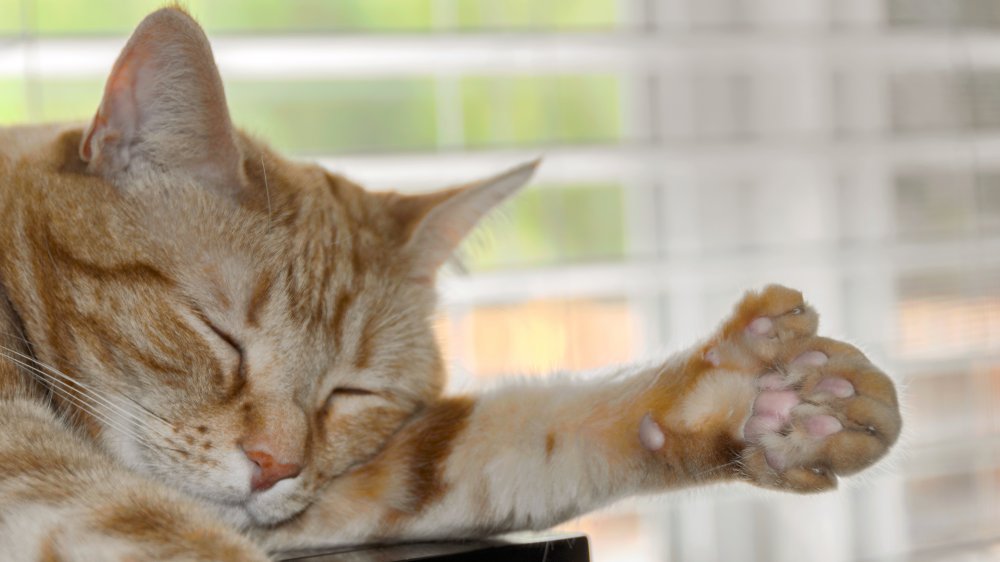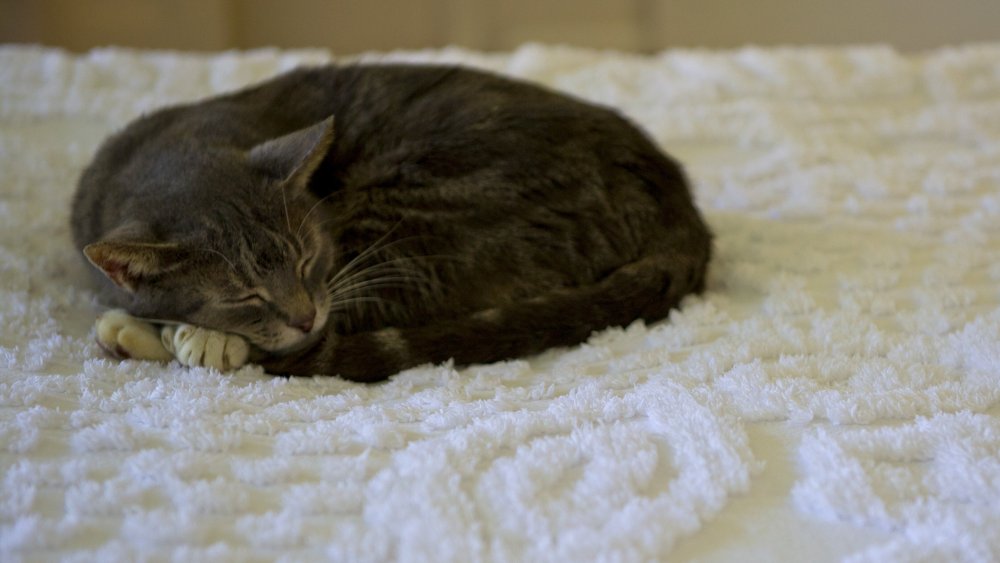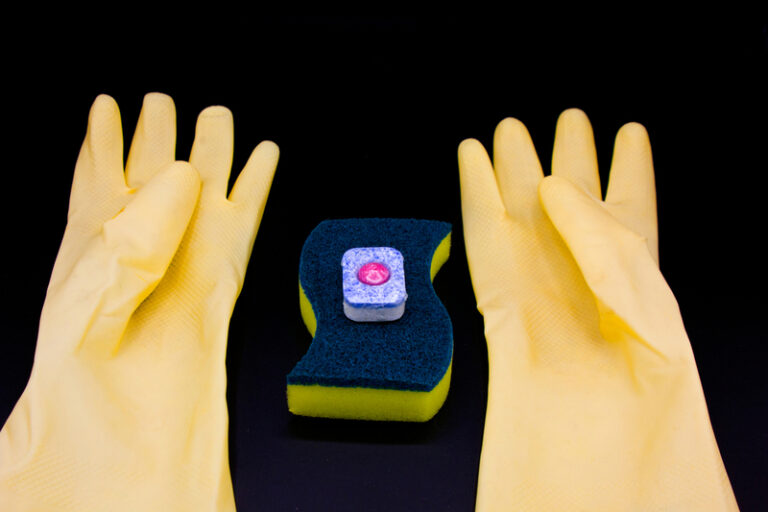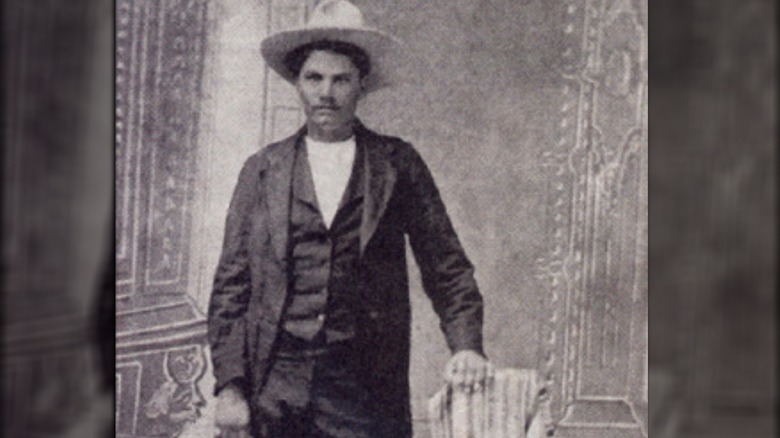
The Reason So Many Six-Toed Cats Live At The Hemingway House
Ernest Hemingway was, in the minds of many, the last of a particular breed of man’s man. He was a Pulitzer and Nobel prize winner. After being turned down by every branch of the military on account of his poor eyesight, he worked as an ambulance driver during World War I, then as a reporter during the Spanish Civil War and World War II, coming within spitting distance of the Normandy Landings and leading a French Resistance militia. More than half a century after he took his own life on July 2nd, 1961, he remains the quintessential 20th century icon of liquored up American masculinity, and his writing live on as an inseparable aspect of western culture.
Also, his home in Key West, which now exists as a museum dedicated to the writer’s memory, is more overrun by six-toed cats than an Andrew Lloyd Webber production at an Appalachian community theater. What’s going on there?
THE OLD MAN AND THE C-A-T
Your standard house cat has, at any given time, five toes on each front paw and four on each back paw. There exists, however, a genetic abnormality called polydactyly, in which the little allergy grenades are born with more little piggies than normal.
This was, according to the Hemingway Home museum, the case with Hemingway’s cat Snow White — possibly “Snowball,” accounts vary. He was gifted to Ernest sometime in the 1930s by Stanley Dexter, a ship’s captain. One story in the Fort Lauderdale News claims that there was a lot of alcohol involved, which, while impossible to verify, pretty much tracks. In any case, the polydactyl cat apparently made himself at home on the island and got down to the business of making more cats.
From what can be gathered about Snow White’s life, the kitty was down for whatever, and he spread his genetic whatnots all across Key West, making sure not to forget that sweet, sweet polydactyly gene. As a result, the 40 to 50 cats now residing at the Hemingway Home all either possess extra toes or carry the DNA necessary to pass the trait on to their offspring.
Yes, there are dozens of cats currently living at the old residence of one of the greatest writers in American history. The real takeaway here might be that, no matter how brilliant you are, you still need to spay and neuter your pets if you don’t want your legacy to smell like ammonia.
A farewell to normal cat arms
If you’re not familiar, polydactyly is a very groovy mutation, usually leaving cats with a few extra digits. In rare, extreme cases, they can be born with a smorgasbord of spare toes: the Guinness World Record holders are a pair of felines with 28 a piece.
It’s not dangerous, and doesn’t tend to cause the animals any grief. There’s a related genetic abnormality called radial hypoplasia in which a furball’s radial bones never quite finish cooking, but it doesn’t affect your standard polydactyl cat.
Also called “mitten cats,” “thumb cats,” or, appropriately, “Hemingway cats,” these third-tier animal X-Men have a storied history. According to the Straight Dope, they may have been a rarity for years, due to their perceived association with witchcraft leading to a whole lot of cat hunting. Sailors, however, apparently thought that they brought good luck, and a trade route between England and Massachusetts seems to have been what brought them to the United States and gave them an over-toed foothold, genetically speaking.
For whom the jingly little collar bell tolls
Today, the cats of the Ernest Hemingway Home and Museum live a series of nine charmed lives each. Following the tradition initiated by Hemingway, all of the sweet kitties are named after famous people, with museum staff deciding new additions’ names by vote. Past feline epithet namesakes have included Cary Grant, Marilyn Monroe, and, in one particularly dignified case, “Hairy” Truman.
The cats also receive top of the line care, undergoing annual checkups on top of weekly wellness checks from a local veterinarian. Still, it’s an unwritten law of nature that any house with pets numbering in the double digits is going to wind up with a well-intentioned neighbor calling the authorities, and in the early 2000s, that’s exactly what happened. According to NPR, a visitor to the Hemingway museum called in a complaint, citing concerns about the welfare of the house’s quadruped inhabitants. The situation escalated into a federal case, and its eventual outcome led to a bonkers moment in feline history: it was decided that since the cats drew interstate business to the museum, their well being fell under the jurisdiction of the federal government. Now, Uncle Sam has the authority to show up and demand that one of them needs more belly scratches, yes he does, under penalty of fines or imprisonment.
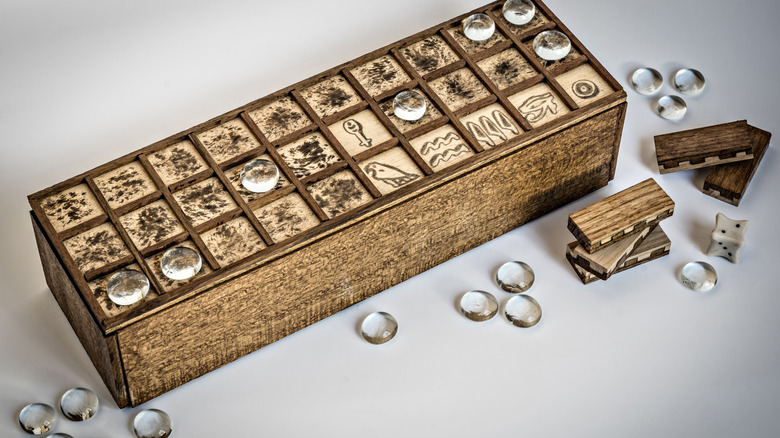
The Reason Viking Burials Featured Board Games
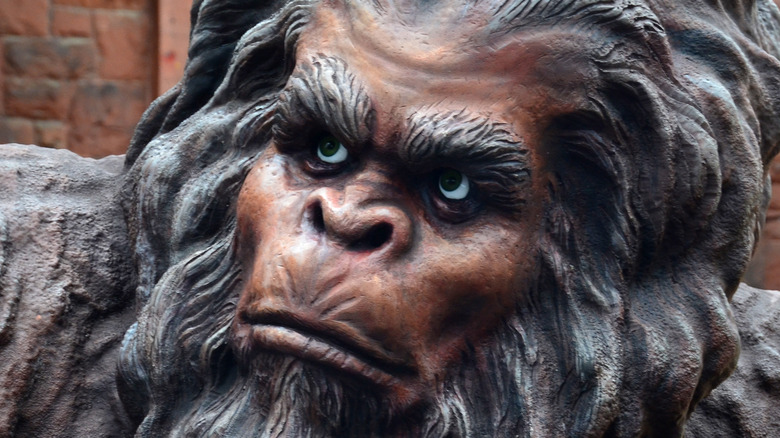
Bigfoot: What You Need To Know When Hunting For Sasquatch
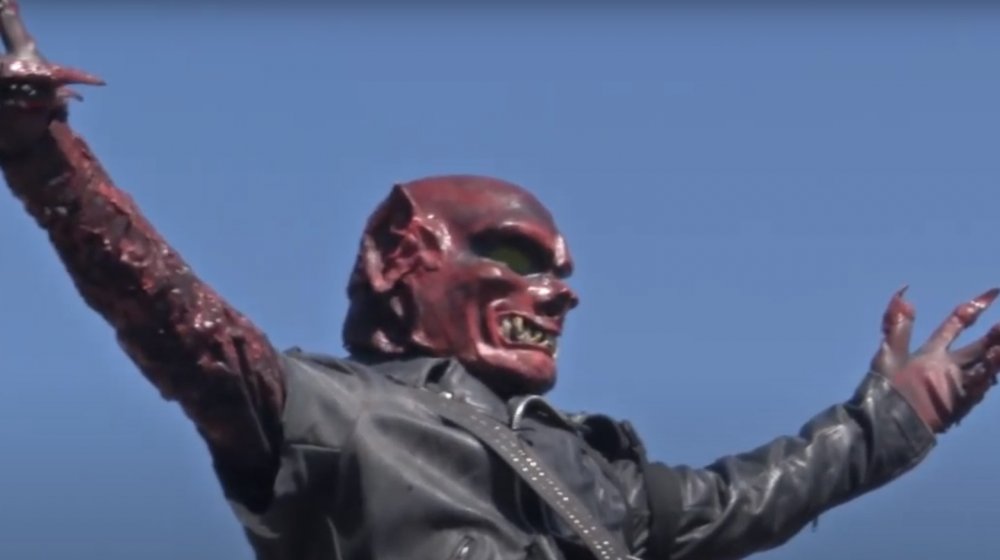
The Legend Of The Nain Rouge Explained
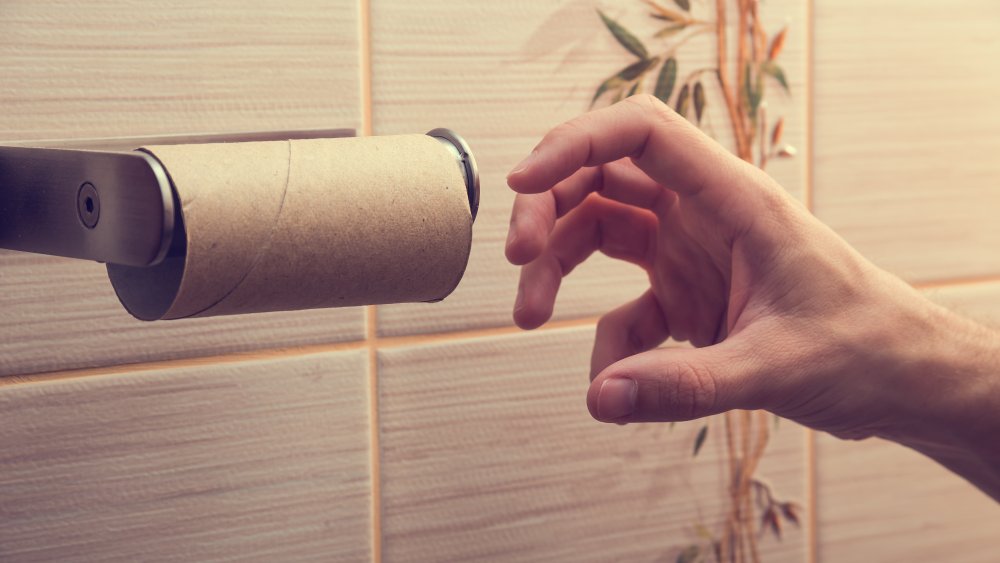
The Truth About Hawaii's Toilet Paper Crisis Of 1971

Plants Use 'An Internet Of Fungus' To Communicate

Why Are There No Mosquitoes At Disney World?
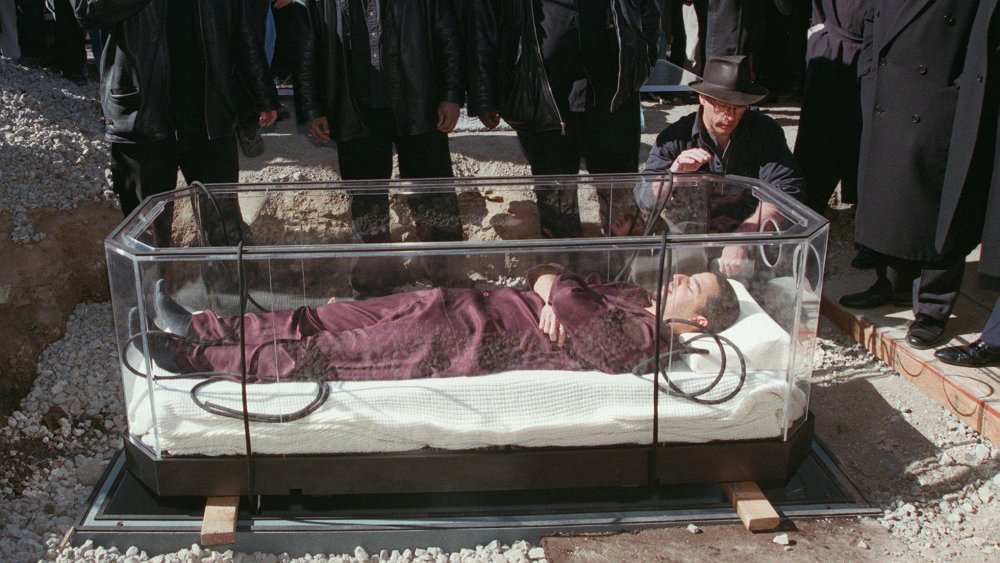
How Long Can You Live If You Get Buried Alive?

Study Reveals How Life May Have Formed On Earth
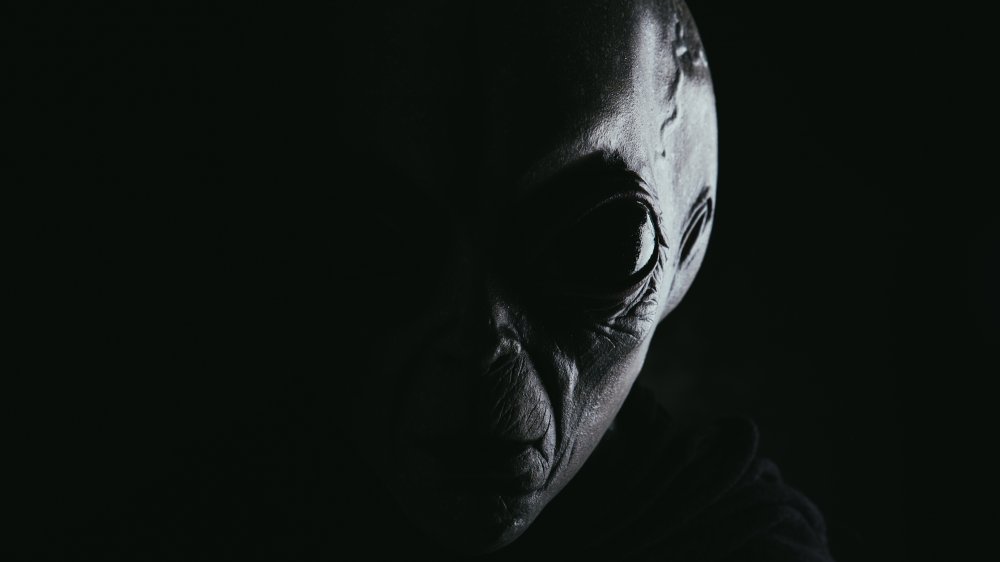
Stinky, Poisonous Molecule May Indicate Extraterrestrial Life

People Who Vanished While On Vacation

